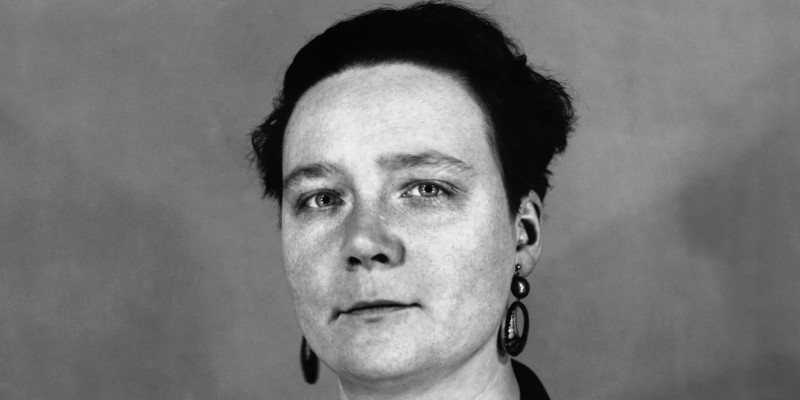There aren’t many crime writers of old I’d like to hang out with. I say this out of respect; sometimes, when you appreciate a work of art, meeting the artist is the worst thing you can do about it! I don’t know if Dorothy L. Sayers is one of the crime writers I’d like to meet or have met, honestly, but I’d consider it. At the very least, I wish I could have watched her give one of her many lectures or talks or readings. My respect for her knows no bounds. I do hope that if we met, we would have been friends.
She seems to have been a real pip, though. And as a small tribute, I’ve assembled a few of the very hilarious things she said in and around and about detective fiction.
Fire away, Dorothy!
“There is the whole difficulty about allowing real human beings into a detective-story. At some point or other, either their emotions make hay of the detective interest, or the detective interest gets hold of them and makes their emotions look like pasteboard.”
-“The Omnibus of Crime.” In The Art of the Mystery Story: A Collection of Critical Essays, edited by Howard Haycraft, 1946.
“Now, to anyone who reads the Poetics with an unbiased mind, it is evident that Aristotle was not so much a student of his own literature as a prophet of the future. He criticised [sic] the contemporary Greek theatre because it was, at that time, the most readily available, widespread and democratic form of popular entertainment presented for his attention. But what, in his heart of hearts, he desired was a good detective story; and it was not his fault, poor man, that he lived some twenty centuries too early to revel in the Peripeties of Trento’s Last Case or the Discoveries of The Hound of the Baskervilles. ”
-“Aristotle on Detective Fiction.” Lecture delivered at Oxford, March 5th, 1935
“I always have a quotation for everything–it saves original thinking.”
–Have His Carcase, 1932
“If you have ever amused yourselves by reading some of the works of “spoof” criticism about Sherlock Holmes (e.g. Baker Street Studies or H. W. Bel’s Sherlock Holmes and Dr. Watson) you will see just how far pseudo-scientific method can be used to interpret these “fossil remains” scattered about the Sherlock Holmes stories, and what ingenuity can be used to force the indications into an apparent historical consistency. As regards the past of his characters, Conan Doyle’s imagination was not, in fact, very consistent; there are lapses and contradictions, as well as lacunae. But let us suppose a novelist with a perfectly consistent imagination, who had conceived his characters with an absolutely complete and flawless past history; and let us suppose, further, that the fossil remains were being examined by one of the characters, who (since his existence is contained wholly within the covers of the book just as ours is contained wholly within the universe) could not get outside the written book to communicate with the author. (This, I know, is difficult, rather like imagining the inhabitants of two-dimensional space, but it can be done.)”
-“Creative Mind,” Address given to the Humanities Club at Readings February, 1942

















